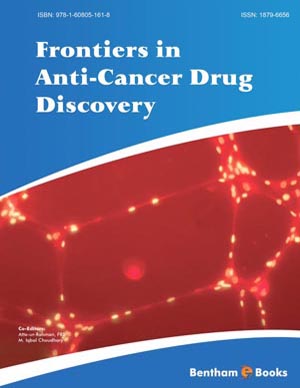Abstract
Recently, the search for more effective and safer antineoplastic agents has led to synthesis and introduction into preclinical and clinical studies of a few new purine nucleoside analogues (PNA). Three of them: clofarabine (CAFdA), nelarabine, and forodesine (immucillin H, BCX-1777), despite belonging to the same group of drugs such as PNA, have shown some differences concerning their active forms, metabolic properties and mechanism of action. However, all these drugs have demonstrated promising activity in patients with relapsed and refractory acute lymphoblastic leukemia (ALL). CAFdA was approved for the therapy of relapsed or refractory ALL in the third line of treatment. It has proved promising in pediatric patients as well as in some patients who are able to proceed to allogenic hematopietic stem cell transplantation (HSCT). Moreover, the drug exhibits an efficacy in acute myeloid leukemia (AML), blast crisis of chronic myelogenous leukemia (CML-BP) and myelodysplastic syndrome (MDS). Nelarabine is recommended for T-ALL and T-cell lymphoblastic lymphoma (TLBL) with the overall response rates ranging from 11 to 60%. However, the use of the drug is limited by potentially severe neurotoxicity. Forodesine is a purine nucleoside phosphorylase (PNP) inhibitor and it has shown activity in relapsed and refractory T- and B-cells leukemias as well as in cutaneous T-cell lymphoma (CTCL). Recently patented, a few of inventions in the field of pharmaceutical preparation of new PNA have also been published. Great hopes are currently set on the use of these drugs in the treatment of lymphoid and myeloid malignancies in adult and in pediatric patients, however ongoing studies will help to define their role in the standard therapy.
Keywords: Clofarabine, nelarabine, forodesine, mechanism of action, clinical application






















